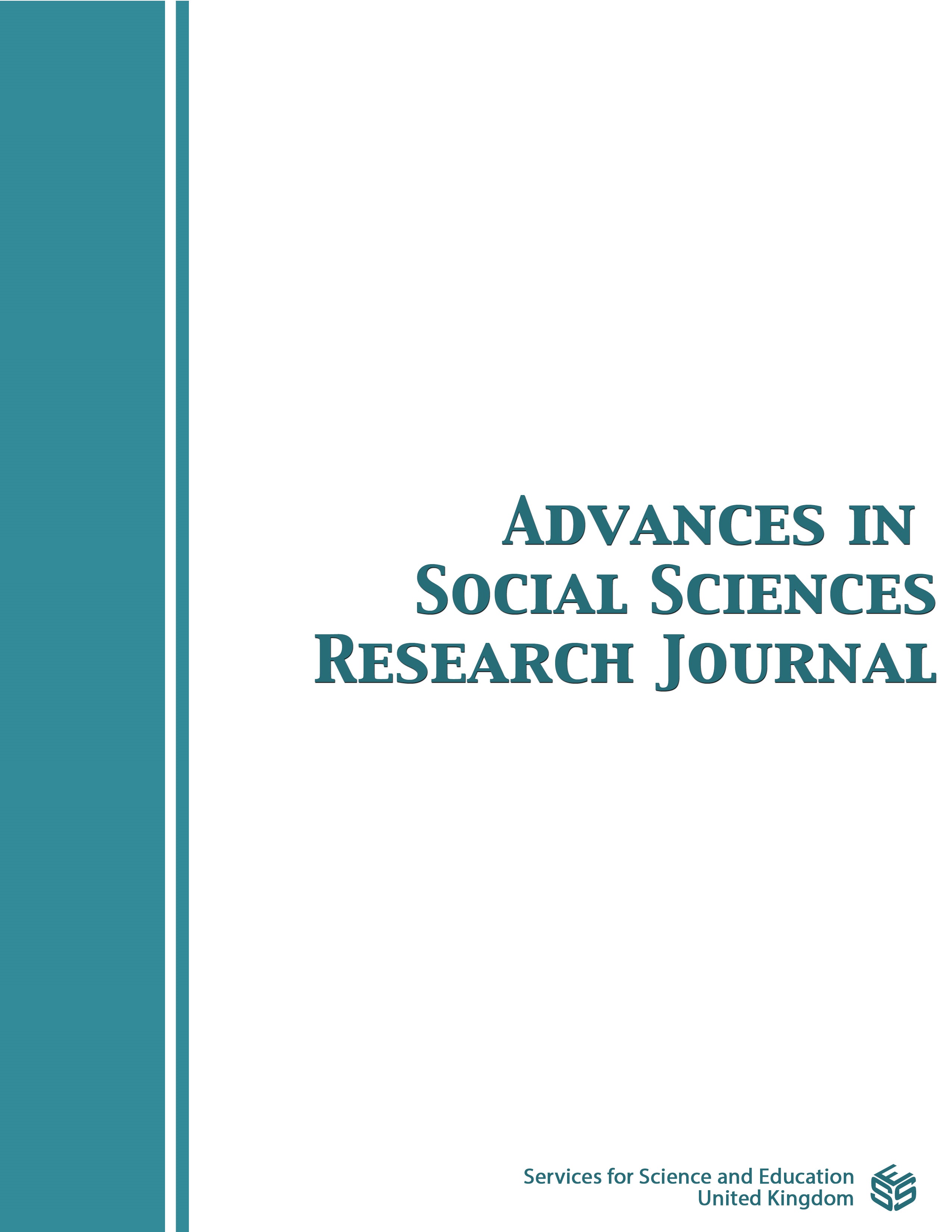Preservice Teachers’ Perceptions of How Teachers Lead in the Classroom
DOI:
https://doi.org/10.14738/assrj.103.14124Keywords:
Preservice Teachers, Teacher Leadership, Inservice Teachers, Teacher PerceptionsAbstract
This study examines the perception of teacher leadership among preservice teachers and how this affects their understanding and teaching practice in an educational setting. The findings of this study indicate that preservice teachers construct their concepts of teacher leadership by observing and actively participating in the practice of teaching with their clinical teachers that include a myriad of tasks necessary for effective teaching. Initially, many preservice teachers do not realize that successful teachers are also strong leaders, and that teacher leadership exists in at different levels depending on the setting in the teaching profession. Preservice teachers' responsibility towards teacher leadership varies. It appears that the need for reflective practice to merge their ideals of leadership with the realities is the greatest obligation they have. The level of teacher leadership education given to preservice teachers and society’s level of value for teacher leadership determine the barriers or inhibitors to preservice teachers’ development of teacher leadership competencies.
Downloads
Published
How to Cite
Issue
Section
License
Copyright (c) 2023 Louis L. Warren

This work is licensed under a Creative Commons Attribution 4.0 International License.
Authors wishing to include figures, tables, or text passages that have already been published elsewhere are required to obtain permission from the copyright owner(s) for both the print and online format and to include evidence that such permission has been granted when submitting their papers. Any material received without such evidence will be assumed to originate from the authors.






